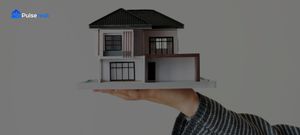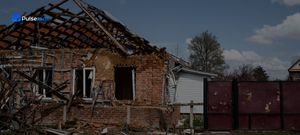Hurricane Havens: How Natural Hazard Risk Affects Property Values in Prone Areas
The impact of natural hazards on property values is a pressing concern for many cities. According to the data, the median sale price in cities prone to natural hazards is $N/A, with homes staying on the market for N/A days. This is a notable difference from the national average in a recent study on earthquake risk and property values in vulnerable cities, which highlights the importance of considering natural hazard risk in real estate decision-making.
For example, in Downey, California, the number of events related to avalanches is 1, with an annualized frequency of 0.01666666666. This is a relatively low risk, but still a consideration for homeowners and investors. In fact, the exposure total for avalanches in Downey is $59,000,000, indicating a significant potential impact on property values. It's essential to understand the risk factors and potential impacts on property values, as discussed in this wildfire risk and property values data analysis.
Another city, El Segundo, California, has a similar risk profile, with 1 avalanche event and an annualized frequency of 0.01666666666. However, the exposure total for avalanches in El Segundo is also $59,000,000, indicating a similar potential impact on property values. To better understand the complexities of natural hazard risk and its impact on property values, it's recommended to read this study on AI in real estate and how Realtors can future-proof investments.
When comparing the two cities, we can see that the number of events related to drought is 1925 in both cities, with an annualized frequency of 71.9899624646334. This is a relatively low risk, but still a consideration for homeowners and investors. In fact, the exposure total for drought in both cities is $147,370,082.699848, indicating a significant potential impact on property values. For a comprehensive overview of the challenges faced by Airbnb hosts, including those in natural hazard-prone areas, read this article on the top challenges for Airbnb hosts in 2025 and how to overcome them.
It's worth noting that the risk of natural hazards can also impact the local economy and job market. For example, a study found that areas prone to natural hazards may experience a decrease in property values and an increase in unemployment. When evaluating investment opportunities, it's essential to consider the potential risks and rewards, as well as the best cities for vacation property ROI, as outlined in this study on hospitality hotspots and vacation property ROI.
However, not all cities are created equal when it comes to natural hazard risk. For example, the city of Long Beach, California, has a higher risk of coastal flooding, with an annualized frequency of 2.16943548671507. This is a relatively low risk, but still a consideration for homeowners and investors. In fact, the exposure total for coastal flooding in Long Beach is $695,315,159,813.683, indicating a significant potential impact on property values. For more detailed information, check out our how can analysis.
Overall, the data suggests that natural hazard risk is a significant consideration for property values in cities prone to natural hazards. By understanding the specific risks and exposures associated with each city, homeowners and investors can make informed decisions about their investments.



